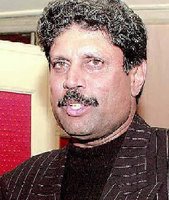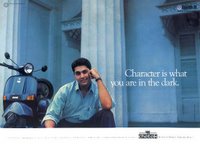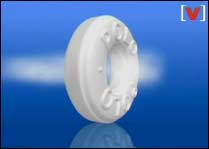
Company : Nestle
Agency : Lowe
Polo is the market leader in the mint candy category in India. This is a brand that has created lot of excitement in the market with its smart advertising and promotion.
The history of Polo dates back to 1725 when Rowntree opened a tea and coffee shop in York. In 1948, they began selling Polo Mint candy. The company changed hands and in 1988 Nestle bought the company over. Polo was launched in India in 1994.
The word Polo is said to be derived from the word Polar . The word points to the cool and fresh feeling gained after taking a freshener like Polo.
Polo comes under the Adult confectionery market which is estimated to be around 1100 crores. Polo is th
 e market leader in the mint based lozenges category.
e market leader in the mint based lozenges category.Polo is famous for its positioning as a " Mint with a Hole " which created lot of excitement for the brand. The campaigns portrayed the unique shape as a differentiating factor. The campaigns was humorous and the product gained instant market.
The category is now facing lot of competition. Big players like ITC and Perfetti is eyeing this category seriously. ITC have acquired MintO from candico in 2002 and aggressively promoting the brand with the positioning " unusually Cool". Candico earlier pitted MintO as a Mint without a hole thus challenging Polo headon. Then ITC repositioned Minto as a cool brand. There are other players like Chlor-Mint getting aggressive in this market.
Nestle recently have done away with its successful positioning based on the Hole. The brand changed the agency to Lowe. The current campaign talks about the cosmetic benefit and value addition. The ads
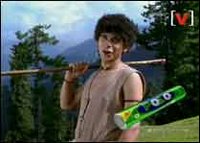 talks about whistling while eating Polo with the baseline " Polo ghao seethi bajao" which does not create any meaningful impact on the TG.
talks about whistling while eating Polo with the baseline " Polo ghao seethi bajao" which does not create any meaningful impact on the TG.Polo was successful in the market because of smart ads and some innovative product strategies like Polo holes in sachets at a very low price point. But recently the company has discarded the age old positioning of Mint with a Hole . This shift together with some ineffective ads can prove to be a watershed for the brand. The fresh breath proposition is already taken by the competitors.The competing brands are also making innovations in the products like coming out with flavours other than mint, sugar free variants etc.


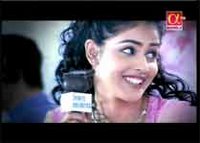


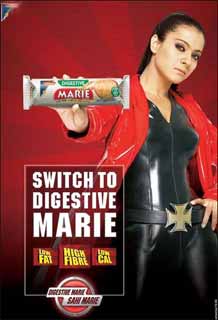

 . BJ Johnson company, owned by a person known as Caleb Johnson introduced a soap made from Palm and olive called as Palmolive. The soap was such a huge success that the company changed the name to Palmolive in 1917. It merged with another soap making company Peet Brothers to become Palmolive Peet. It later merged with Colgate in 1928.
. BJ Johnson company, owned by a person known as Caleb Johnson introduced a soap made from Palm and olive called as Palmolive. The soap was such a huge success that the company changed the name to Palmolive in 1917. It merged with another soap making company Peet Brothers to become Palmolive Peet. It later merged with Colgate in 1928.